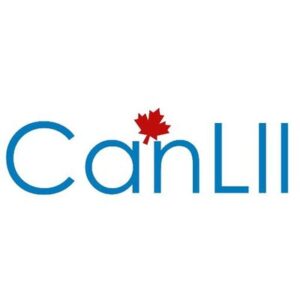Conseil scolaire francophone de la Colombie‑Britannique v. British Columbia, 2020 SCC 13 (CanLII)
Dr. Abbas Poorhashemi
Decisions of the lower courts: Trial (Supreme Court of British Columbia) and Appeal (British Columbia Court of Appeal)
Distribution of the decision: Majority: Chief Justice Richard Wagner allowed the appeal in part (Abella, Moldaver, Karakatsanis, Côté, Martin and Kasirer JJ.A.)
Dissenting in part: Judges Russell Brown and Malcolm Rowe agreed for the majority but stated that the existence of programs or services for some majority language speakers should be considered, but should not determine the relevance of programs or services for the same amount of speakers of minority languages.
Keywords: Minority-language education rights, Supreme Court of Canada, Conseil scolaire francophone de la Colombie‑Britannique, British Columbia, Human rights
In this case, the Supreme Court of Canada had opportunities to review and assess the constitutional right to the minority language. The Canadian Charter of Rights and Freedoms protects the use of Canada’s official languages: English and French. Section 23 of the Charter deals with the educational right in English or French, even if it is not the primary language of the province or territory. According to the section, Canadians whose native langue is the minority language or who had attended primary school in that language could send their children to school in that language. They have the right to have their children educated in primary and secondary education in this language in a specific province. However, this section stipulated that there must be enough children in a community to justify it.
One of the main issue here is that Section 23 stipulated the application of this right to the number of children of citizens who have such a right as “sufficient.” But the question remains of how many children are sufficient to warrant the provision to them out of public funds of minority language instruction.
The Supreme Court of Canada determined that the holders of rights under s. 23 of the Charter residing in some specific areas entitled to have their elementary‑age or secondary-age children receive a minority language education inhomogeneous facilities based on the number of space for students (or such other numbers as the parties agree to) that provide them with a global educational experience of a quality that is substantively equivalent to the educational experience offered at local majority language elementary/Secondary schools for that same level of service.
This is the first time that justice system of Canada enumerate explicitly the area and the number of students which are entitled to have their elementary/Secondary age children receive a minority language education with access to core facilities that provide them with a global educational experience of a quality that is substantively equivalent to the educational experience offered at local majority language elementary schools for that same level of service.
The Supreme Court of Canada determined that the lower courts have narrowly interpreted section 23 of the Charter. The Court emphasized that the school helps preserve the language and culture of the official language minorities. For this reason, the educational right in the minority language is protected.
Based on this decision of the Court, the minorities should have their own school if the government gave the same number of majority language speakers somewhere in the province. This would promote equity and ensure that public funds are spent wisely.
Finally, the Court decision determined some elements of education, such as school size and funding in the context to make a balance between constitutional rights-based education and governmental fund to spend for the provision of services related to the implementation of this right.
The Court takes a purposive approach to interpreting constitutional minority-language education rights in Canada, which could lead to the development of human rights.
Disclaimer:
Opinions expressed in this commentary do not necessarily reflect the views of the Canadian Institute for International Law Expertise (CIFILE). The aim of this commentary is not to provide legal advice. It does not necessarily cover all of the issues and aspects raised in a court decision.
Suggested citation: Dr. Abbas Poorhashemi, Constitutional Minority-Language Education Rights: a new approach of the Supreme Court of Canada, CanLII Connects, July 01, 2020, https://www.canliiconnects.org/en/commentaries/71569 |


